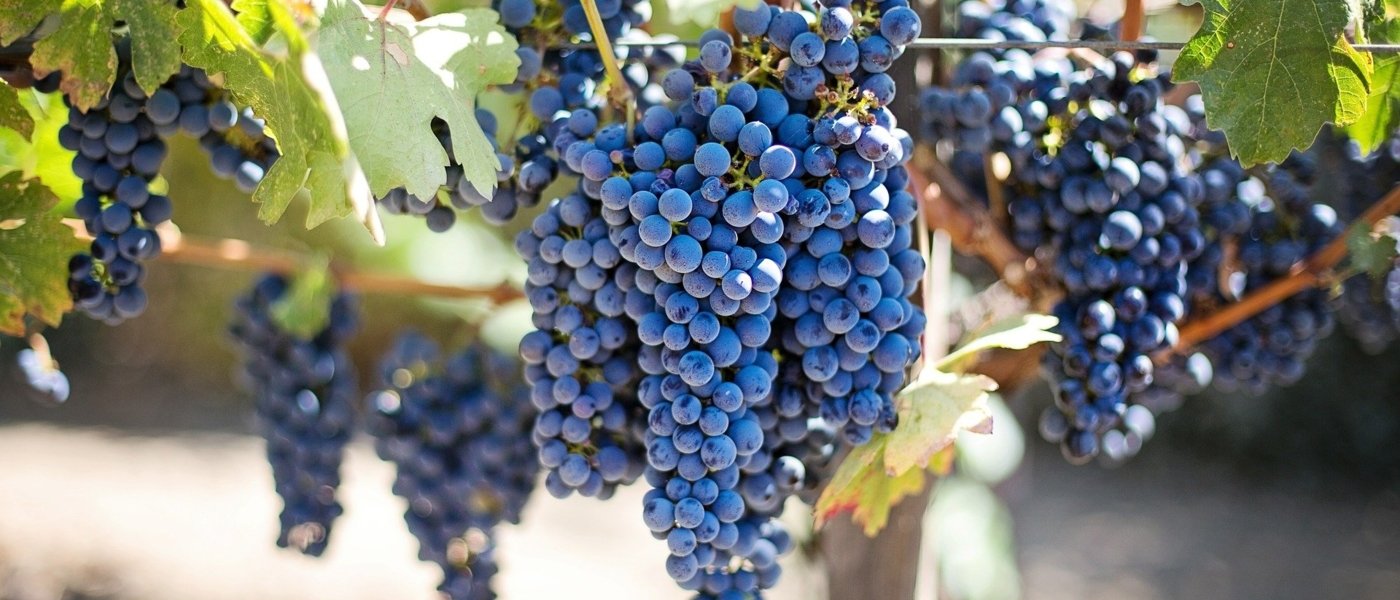Much of the world knows Sicily for the cheap and cheerful international varietals or red blends which line supermarket shelves in northern Europe. However, Sicilian red wine has far more to offer than just plonk.
The red wines of the Etna DOC are becoming increasingly trendy. The vineyards lining the slopes of the active volcano were in fact the first DOC in Sicily, created in 1968. The most common form of Etna DOC wine is Etna Rosso, made principally from Nerello Mascalese with up to 20% Nerello Cappucio (also known as Nerello Mantellato). The rich black soils and terraces of alberello bush-trained vines, where the two Nerellos grow side by side, produce elegant red wines with savoury, earthy flavours combined with the heady perfume of red cherries and roses. Sicilian rosé wine is also produced from the same varieties. The two Nerellos may also be produced as single varietals, but are more commonly made into the Rosso blend.
Faro DOC wines are produced in the extreme eastern corner of Sicily and are produced from a trio of grapes traditional to this part of Sicily, also comprising the two Nerellos and a touch of Nocera, a variety with thick-skinned berries. Nocera wines are structured and often high in alcohol with intense yet elegant aromas of dark fruit, leather and spice. It is rarely produced as a varietal.
Cerasuolo di Vittoria, one of the most distinctive Sicilian red wines and the island’s only DOCG, comes from the south-eastern corner of the island. It is made from Nero d’Avola and Frappato, generally in roughly equal proportions. Cerasuolo means ‘cherry-like’ and the wine has a deep cherry colour with pronounced cherry and berry-fruit flavours. Frappato brings bright flavours of cherries and strawberries, whereas Nero d’Avola brings more weight, body and tannins, meaning that more cellar-worthy wines generally have a higher proportion of Nero d’Avola. Wines with more Frappato will generally be paler and more perfumed. Pure Frappato wines are also produced on the south-eastern coast of the island and are light in colour, light-bodied and low in tannins. They may remind you of a good Beaujolais.
Nero d’Avola, also known as Calabrese, is the island’s most important and widely planted red variety and is the mainstay of red Sicilian wine. Nero d’Avola has been produced in huge volumes on the island for centuries. Of historical importance to Sicily, it takes its present-day name from the town of Avola. It’s also often blended with international varietals, such as Syrah, Merlot and Cabernet Sauvignon, which are also found in big volumes in Sicily. Nero d’Avola wines may be oaked, dense and dark with complex coffee and dark raspberry flavours, or may be young, fruity and fresh with juicy plum and red fruit flavours. Sicilian rosé wine may also be produced from Nero d’Avola.
Another Sicilian red wine variety worth seeking out is Perricone, which is permitted in several Sicilian DOCs, including Eloro, Contea di Sclafani and Monreale. It is sometimes compared to Barbera with high acidity, noticeable tannins and red berry, earth and herbal characteristics. Its high tannins are often tamed by Nero d’Avola, its traditional blending partner; however, it can make interesting, aromatic wines on its own.
Marsala, Sicily’s renowned fortified wine, may also be produced in a red-hued Rubino version, which is worth seeking out. It must be made with a minimum of 70% Nero d’Avola, Pignatello, aka Perricone, and Nerello Mascalese.
At Wine Paths, our team of local experts can help guide you through the world of Sicilian red wine.
If you're interested in one of our Sicily Wine Tours, please visit this link.







